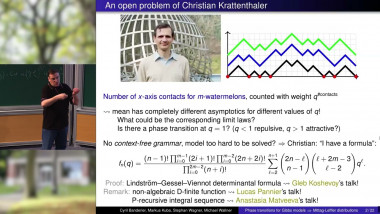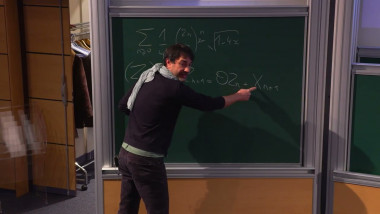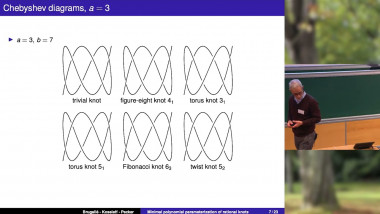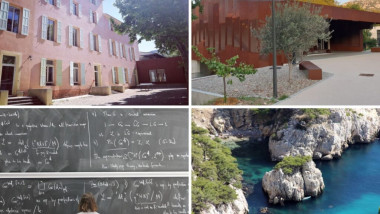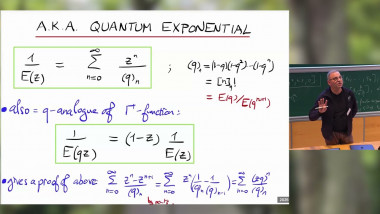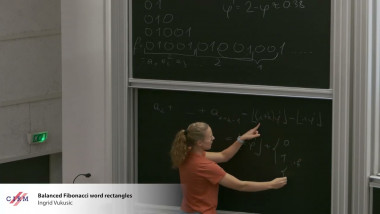Appears in collection : Perfectly matched perspectives on statistical mechanics, combinatorics and geometry / Perspectives couplées sur la mécanique statistique, la combinatoire et la géométrie
The infinite bin model (IBM) is a family of ranked-biased branching random walks on the integers, parameterized by a probability distribution on positive integers. Alternatively it may be seen as a family of interacting particle systems, depicted as balls inside bins. The speed of the front of the IBM depends on the probability distribution which parameterizes it. I will first review some special cases that have been known for some time: the IBM parameterized by the uniform distribution on some finite interval of integers [1,N], which is nothing but a branching random walk with selection, and the IBM parameterized by a geometric distribution, which can be coupled with last passage percolation on the complete graph. Then I will discuss long memory properties of the IBM, in particular whether a site may reproduce infinitely often or not. Finally I will discuss a hydrodynamic limit of the IBM where one can explicitly compute the speed of the front. In that case, a wall-crossing phenomenon appears and Dyck paths come into play. The talk is based on joint works with Bastien Mallein (Université Toulouse III Paul Sabatier), Arvind Singh (CNRS and Université Paris-Saclay) and Benjamin Terlat (Université Paris-Saclay).
